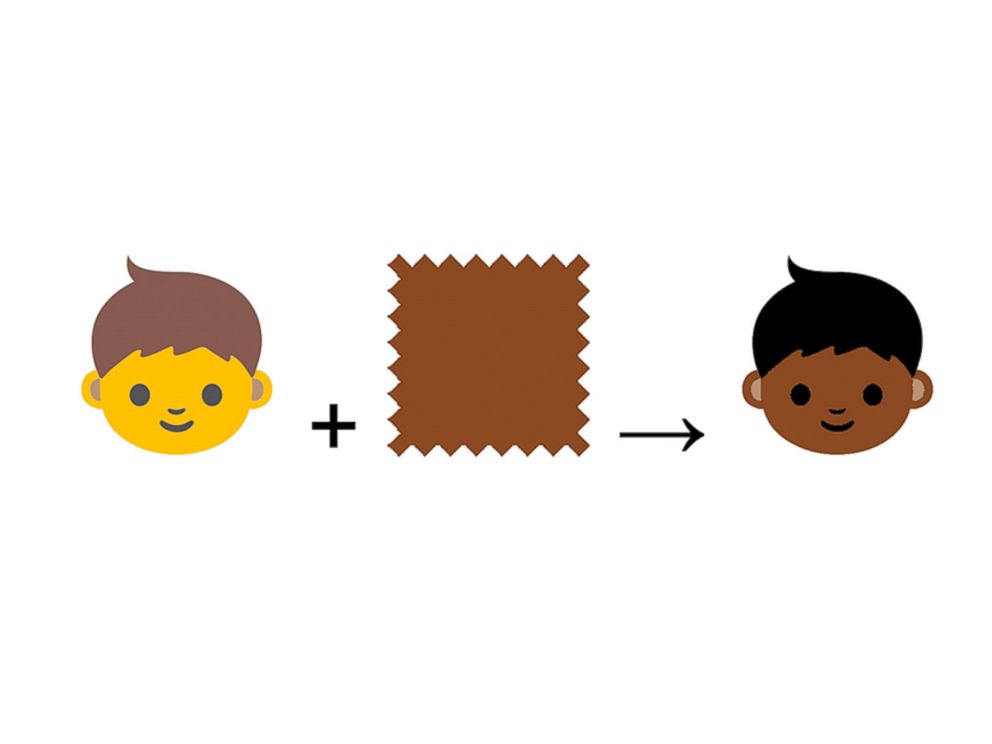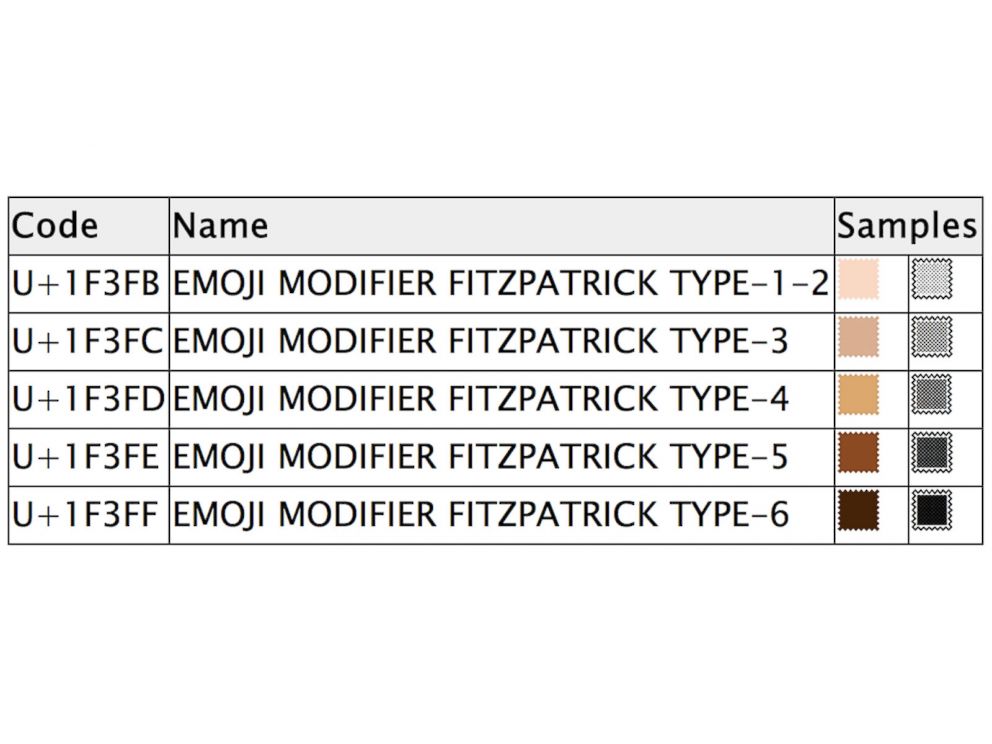Why Emoji Icons May Soon Look More Like You
Emoji designers are proposing adding different skin tones to expand diversity.

— -- Emoji, the little faces and other characters used to express every feeling imaginable, may soon be able to express something new -- skin color.
"People all over the world want to have emoji that reflect more human diversity, especially for skin tone," said the Unicode Consortium, the group responsible for coordinating emoji design.
The group made the comment in a draft proposal to expand the color palate for the often yellowish pictographs that get pasted into emails, social media posts and text messages.
If approved, the features would be added to the consortium's upcoming product, Unicode Version 8.0, which is expected to be released sometime in 2015, according to the Unicode website.

Emoji were first created for mobile users in Japan in 1999, according to the website.
"The Unicode emoji characters for people and body parts are meant to be generic," said Unicode in its draft, "yet following the precedents set by the original Japanese carrier images, they are often shown with a light skin tone instead of a more generic (inhuman) appearance, such as a yellow/orange color or a silhouette."

The proposed skin tones are based on five of the six categories found in the Fitzpatrick Classification scale, founded by dermatologist Thomas Fitzpatrick in 1975 at Harvard Medical School. Fitzpatrick classified different skin tones based on how well each one reacted to UV rays, according to the draft.
Officials with the Unicode Consortium were not immediately available for comment.




